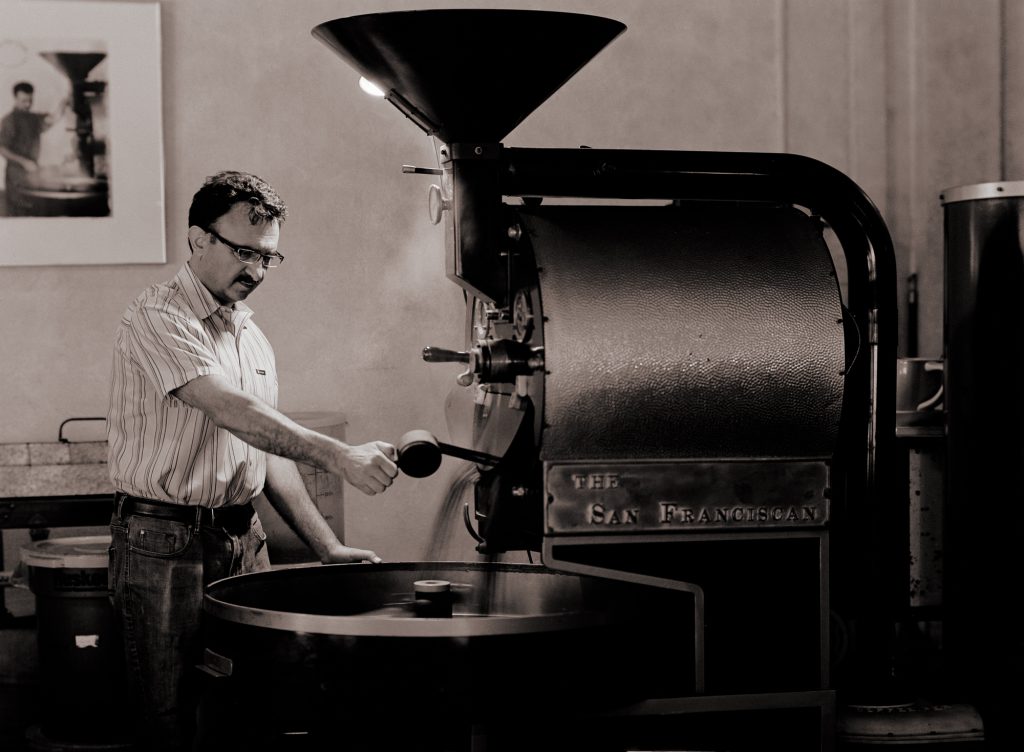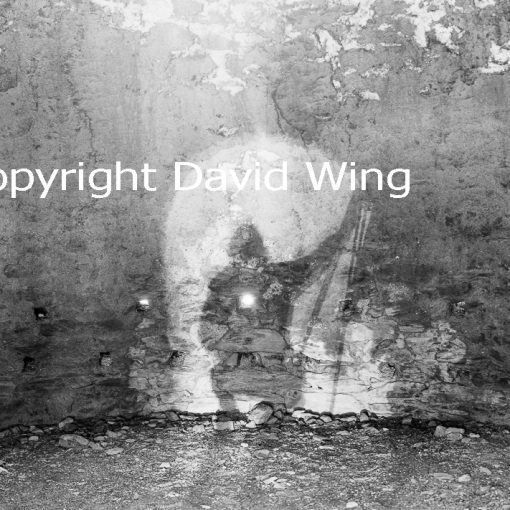I have been developing my own films since 2004, B&W, E-6, C-41, I do them all. I started with a Job CPE-2 rotary processor and upgraded to a CPP-2 when I started shooting 4×5. Now I even develop my own 8×10 using Jobo Expert Drums. Since the developer is agitated continuously in a rotary processor, not all B&W developers are suitable to be used in such a setup. Also, a negative developed in a Jobo tends to have a higher contrast so some compensation methods must be used. The general recommendations when using a rotary processor are
- Use the developer’s recommended time for a rotary processor if available, or
- Reduce recommended developing time (e.g. from the Massive Development Chart) by 15%, or
- Use a 5 mins pre-wash, or
- Use Kodak’s Xtol developer

These are starting points, and you must experiment to see what works best for your film and exposure combination. The last option of using Xtol without any compensating factor is recommended by Kodak engineers, who did extensive experiment with the then new Xtol developer and found that Xtol does not need any changes in development time when used in a rotary processor.
Over the years, I have used Xtol, Harvey 777 (which is divine but impossible to get now), Sandy King’s split Pyro, plus dabbling in with Emofine, Diafine, DDX etc. but in the last 3 years, my go-to developers have been the PMK Pyro, but it must be used in a specific way in a rotary processor.
So why choose one developer vs. another? Different developers can give the negative different contrast, sharpness (acutance), tonal range, and grain. While digital editing can mask some of differences, some of the inherent characteristics such as how a developer handles tonal range or grain still show through, while editing programs can affect sharpness, and micro contrast (clarity and “texture”) in far greater degree than a developer can, other factors based on which developers you use can influence how the final images look.
Another factor is the convenience of use, taking into consideration such as how often you shoot and develop your films. For example, HC-110 (which I have never used) supposedly have a shelf life of multiple years, whereas mixed solution of Xtol has a shelf life of a few months. Since my shooting tends to come in bursts, I need a developer that can be mixed one shot easily – which precludes most powder, and have extensive shelf life in its raw form or mixed solution form.
This is where PMK Pyro comes in. It comes in two bottles of solution A and B, and to use, you mix them right before use in 1:2:100 proportion (that is, one part solution A, two parts solution B, and hundred parts water). Kept in the bottles they come in, and with an oxidation protectant, the chemical can last for months. The only problem is that PMK Pyro is normally not recommended for rotary processing because the active development agent is quickly exhausted by the constant agitation, and it can leave streaking in blank areas.

Fortunately, I got the following instructions from Bob Carnie, who has been using PMK Pyro since before 2000, and on all types of films, with output used for traditional darkroom printing to scan and alternative processing. He uses a two-bath method:
- In most cases, meter at 1/2 to 2/3 of the box speed, e.g. Tri-X at ISO 250 or 320 instead of 400, Acros at 80 instead of 100 etc.
- Mix 2x the amount you need and put them in two bottles (step A and step B)
- Use at least 500ml in each bottle for each roll of film (or 4 sheets of 4×5 or 1 8×10), and 700-1000ml if you are developing 2-4 rolls
- Temperature is not too important, but start with 25 degree Celsius
- Use the slowest rotation speed on the Jobo (“F” on my CPP2)
- Start with a pre-soak of 5 mins
- Pour in the first bottle of the developer, let it develop for 7 minutes (this is for any film!!!)
- After 7 mins, pour the developer back into the bottle
- Pour in the second bottle of the developer, and let it develop for another 7 minutes
- After 7 mins, pour out the developer and discard
- 45 seconds to a minute of water as stop bath. Not sure if you can use an acid stop bath, but water works fine, so why bother to use anything else?
- Fix per usual.
- After fixing, pour in the used first developer again, and let it soak for 2 minutes. This is to improve the staining properties of the Pyro – there are discussions on whether this step is necessary or whether one minute is sufficient, but it really does not hurt and it only takes 2 minutes, so why not?
- Rinse per usual
If you are pushing film, try increasing the temperature or longer development time, although this is definitely not a speed enhancing developer so don’t expect box speed or above box speed! If you are pulling film (beyond the 1/2 to 2/3 reduction), try lowering the temperature.
[ Update: some people recommend not using an acidic fixer. I have been using the Kodak fix and not sure if it affects the staining effect or not. The negs do definitely looked “stained” ]
People often look for the magic developer, I doubt they will find two-bath PMK Pyro as such. However, it works very well, have a long shelf life, and you can throw any film at it without checking the developing time too much, 2x seven minutes and it’s done. I don’t know why it works, but it does.

Hope this helps with your journey in B&W developing. One reason I am writing this now is I am going to try Jay DeFehr’s 510 Pyro. He developed it with rotary processing and gives full box speed. Stay tuned for an update.




